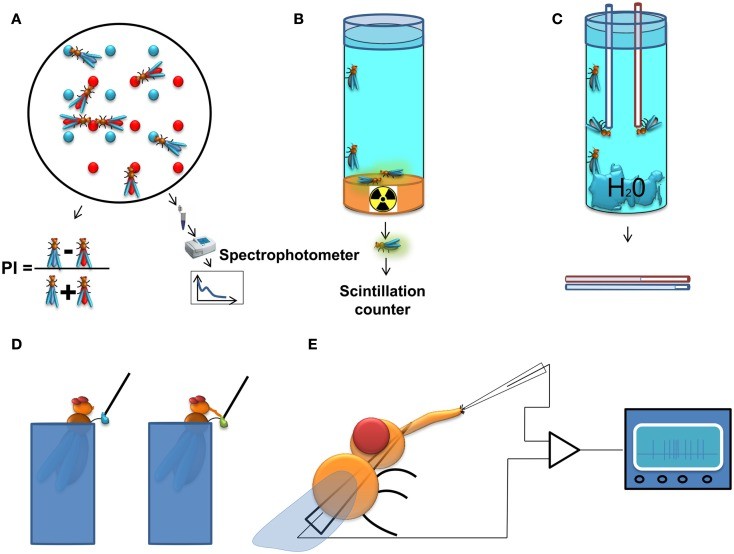Drosophila Foraging and Feeding Behavior Analysis Service
Drosophila melanogaster, commonly known as the fruit fly, has been extensively used as a model organism to study various biological processes, including Foraging and Feeding behavior analysis. The analysis of Drosophila Foraging and Feeding behavior has wide-ranging applications, including advancing our understanding of fundamental biological processes, uncovering mechanisms of disease, and aiding in drug discovery efforts.
At CD BioSciences, we specialize in providing comprehensive research solutions in the field of Drosophila analysis. Our service is designed to assist researchers, scientists, and institutions in conducting precise and reliable studies on Drosophila Foraging and Feeding behavior. We combine cutting-edge technology with expert analysis to deliver accurate and insightful results.
Introduction to Drosophila Foraging and Feeding Behavior
Drosophila melanogaster has long been a model organism for studying various biological phenomena. One crucial aspect of their behavior studied extensively is Foraging and Feeding behavior.
- Feeding behavior in Drosophila involves a sequence of actions, including proboscis extension and retraction, searching for food sources, and ingestion. The regulation of feeding is influenced by internal factors like hunger and nutrient requirements, as well as external cues such as odor and taste.
- Foraging behavior in Drosophila refers to their exploration of the environment to locate food sources efficiently. This behavior is essential for their survival and reproduction. Studies often employ mazes or choice chambers to observe and quantify the foraging preferences and decision-making abilities of Drosophila.

Fig.1 Methods to study feeding behavior in Drosophila. (Itskov P M., et al. 2013)
By elucidating the neural circuits and genetic factors underlying Drosophila's Foraging and Feeding behavior, scientists gain insights into the fundamental principles of behavioral regulation and food-seeking strategies. Moreover, these studies offer broader implications for understanding feeding-related disorders and evolutionary adaptations across species.
Our Services
We specialize in offering comprehensive solutions in the field of Drosophila research. Our Drosophila foraging and feeding behavior analysis service encompasses a range of carefully designed experiments and analyses to unravel the complexities of Drosophila feeding patterns and foraging behavior. CD BioSciences specific services include, but are not limited to:
-
Food Intake Measurement
Employing advanced methodologies to quantify the amount of food consumed by individual flies or groups over specified time intervals. -
Searching Efficiency Evaluation
Understanding how efficiently Drosophila searches for food sources is vital for uncovering their navigation strategies. We utilize state-of-the-art tracking technology to monitor fly movement and foraging trajectories.
-
Feeding Rates Analysis
Our service provides an in-depth analysis of feeding rates, helping you discern the pace at which Drosophila feeds on different food sources. -
Exploration Tendencies Examination
Through meticulous observation and analysis, we offer insights into how flies explore new environments, interact with novel food sources, and adapt their exploration patterns based on external cues.
Want to Learn More?
At CD BioSciences, we are committed to delivering exceptional service quality and scientific excellence in Drosophila Foraging and Feeding behavior analysis. By choosing our service, you gain access to cutting-edge technology, rigorous methodology, and the expertise of our team. We are committed to supporting your research goals and contributing to advancements in the field of Drosophila research. Contact us to learn more about our service and discuss how we can assist you in your Drosophila research endeavors.
References
- Shen P. Analysis of feeding behavior of Drosophila larvae on solid food. Cold Spring Harbor Protocols, 2012, 2012(5): 1095-1096.
- Itskov P M, Ribeiro C. The dilemmas of the gourmet fly: the molecular and neuronal mechanisms of feeding and nutrient decision making in Drosophila. Frontiers in neuroscience, 2013, 7: 12.
For research use only. Not intended for any clinical use.
Related Services
